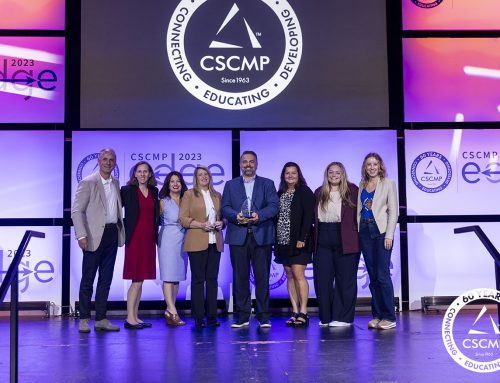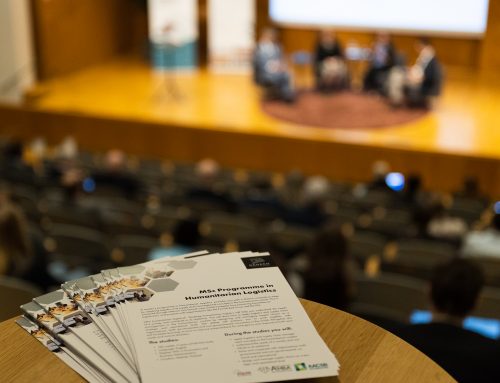by Lauri Jauhiainen
M. Sc. graduate in Humanitarian Logistics at Hanken School of Economics
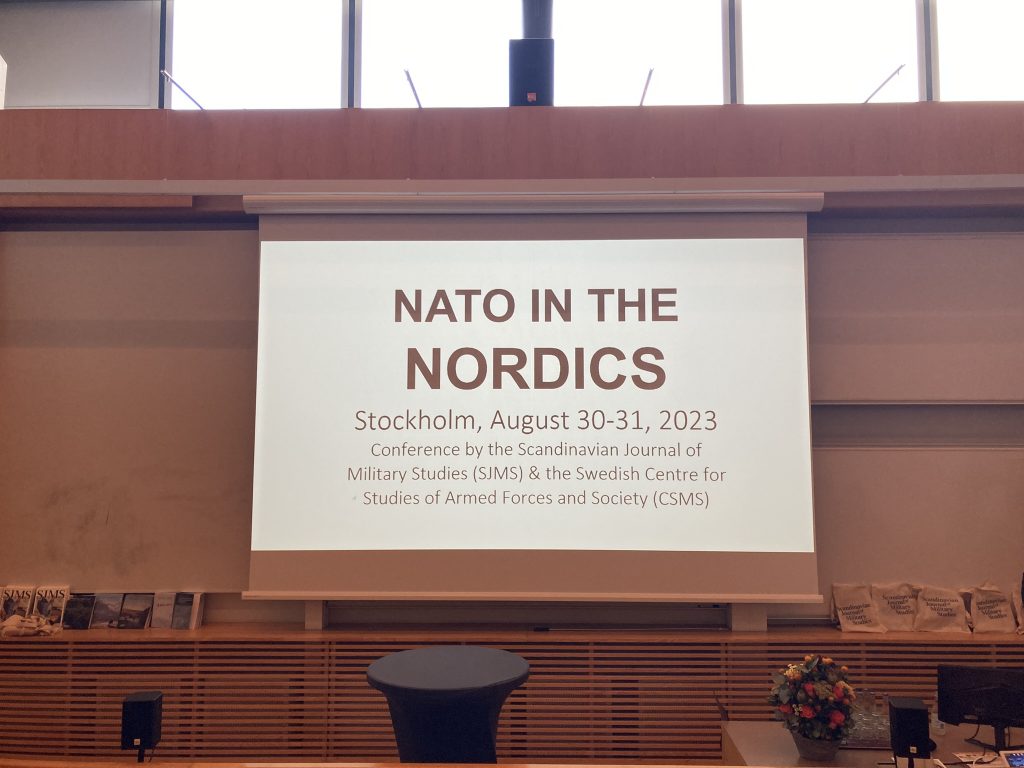
Writing a master’s thesis can be an overall experience that demands a major share of the writer’s mental capacity. Then, one beautiful day, the thesis is ready and submitted for grading. This can cause a feeling of emptiness and arouse questions like: what’s next.
One possible answer is to share the thesis’ results with an audience. A great way for this is in a scientific conference. This blog post shortly describes an example of how this can happen.
Call for Abstracts
I participated in the master’s thesis seminar during spring 2023. I wrote regarding the Finnish comprehensive security model and studied to what extent it covers the Nato requirements for resilience. Shortly after the thesis was submitted for grading, in mid April 2023, my thesis supervisor Dr Sarah Schiffling tipped me that a “Nato in the Nordics” conference would be held in Stockholm at the end of August 2023. The conference was to be arranged by the Scandinavian Journal of Military Studies (SJMS) and the Swedish Centre for Studies of Armed Forces and Society (CSMS).
I was at first a little bit skeptical, not least because the deadline for sending the abstracts had already been a few days ago. However, the topic of the conference was very relevant and I thought that there was not much to lose, so I edited my thesis’ abstract to the required 250 words and sent it to the organizers.
Getting Ready for the Conference
Somewhat surprisingly my abstract was accepted and I received in-detail instructions of the two-day conference. The preparations for the conference included writing a polished abstract and a short bio, and all the travel arrangements such as the hotel and flight reservations. I applied, and was granted a travel allowance by Hanken.
The most time-consuming task was to design the conference presentation. I had of course had the seminar presentations and additionally presented the thesis to my employer – the Defence Forces – but now I was going to face an audience with at best little knowledge of the Finnish society and preparedness system. The conference presentation was also limited to fifteen minutes so there was no time for detailing the background of the subject too broadly. Also, according to the conference schedule, the conference days were going to be long and filled with presentations and my presentation session was to be held just after lunch. I knew from experience that most people would prefer taking a nap to listening to a presentation in that time slot. Thus, I reasoned that it would be better to go with the basics of the subject and try to keep the audience interested, instead of going into details and exhausting the listeners with as much information as possible. In line with this tactic, I made a short PowerPoint presentation, practiced it and sent it to the conference organizers.
The Conference
There were over 80 participants in the conference. Most were from the Nordic countries and there were approximately as many people with military as civilian backgrounds. The schedule for the conference was arranged so that there were some plenum sessions with all the participants together and some parallel sessions. The sessions covered research areas such as military leadership, cyber security, societal security, logistics, and civil-military relations and much more. Between the sessions, there were pauses and coffee breaks which were great for networking and getting to know the other participants of the conference.
I shared a parallel session, “Societal Security” with three other researchers. I was to be the third of the four presentations in the session. After lunch it was time for it. I started my presentation with a bad joke regarding lunch and a sleeping audience and was approved with some laughs. After all the four presentations there was some time for questions from the audience and the session chair. The audience asked several questions – some of them very challenging.
At the end of the first conference day, the organizers arranged a casual dinner at the conference venue.
Some Reflections
Attending the conference was surprisingly tough. As it comprised such a many different fields of military studies, the audience had to orient to different scientific perspectives even several times hourly. Also, as the common timeframe for a presentation was 15 minutes, there was not much idling in and between the presentations. Also, getting ready for my own presentation was time-consuming and also somewhat stressful. Therefore, at least for a novice, a conference journey is not a holiday, and although it was very inspiring it was also exhausting.
In addition to hearing and seeing what is going on in the Nordic military studies, the conference was an excellent opportunity to connect with other people in the field. During the conference dinner of the first day, a much more experienced Danish researcher expressed his opinion to me that networking is the essence of the whole thing. I do not have the experience to share or decline this opinion, but it seems that there is certainly something to it.
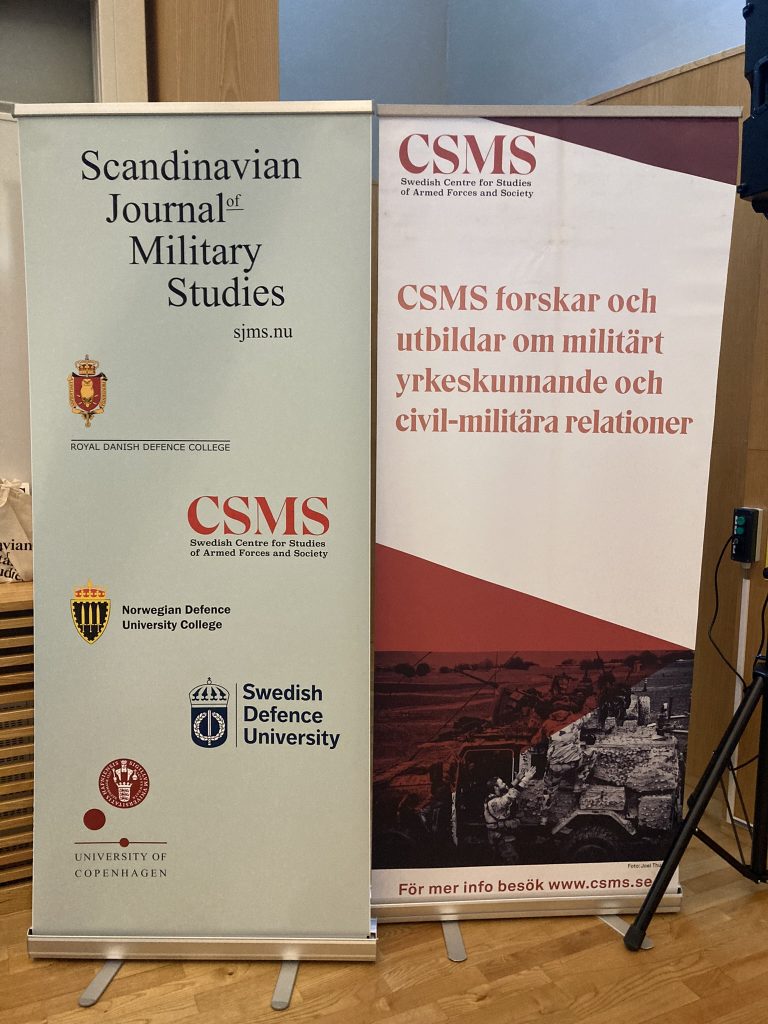
All in all, taking part in the conference was a great experience. Although getting ready for it was surprisingly time-consuming, it offered interesting new perspectives to the field of military studies and an excellent opportunity to get to know Nordic counterparts in the field.
Collection of abstracts of the Nato in the Nordics 2023 conference can be found from the following page:
The thesis that was the basis for the conference presentation can be found from the following page: http://hdl.handle.net/10227/560313
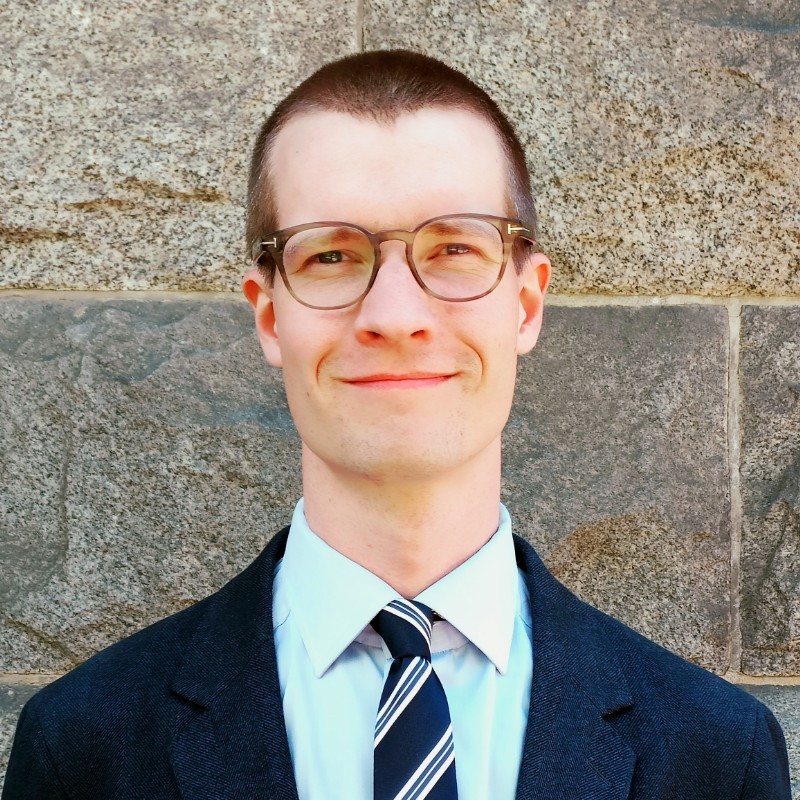
Lauri Jauhiainen is a recent M. Sc. graduate from the humanitarian logistics track of Hanken School of Economics.


